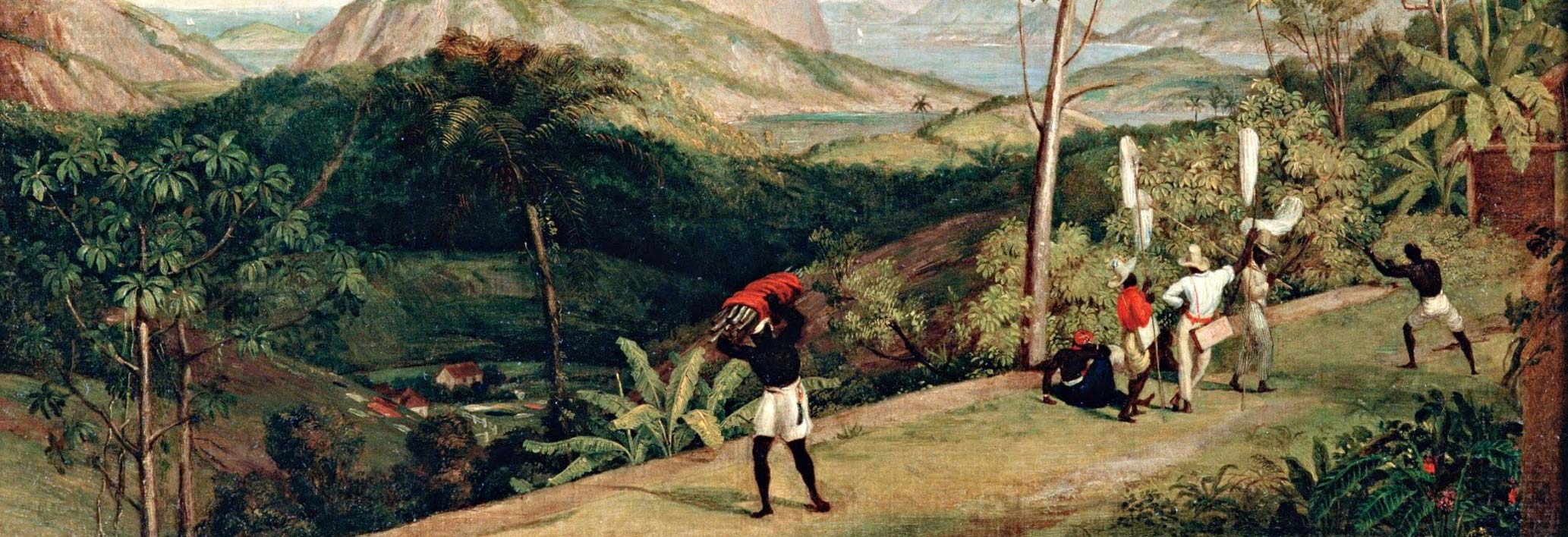María Antonia Serna (fl. nineteenth century), was a free black woman, formerly enslaved, in the province of Chocó in the Republic of New Granada (modern day Colombia). In 1843 she initiated a successful lawsuit in her hometown of Lloró, a small gold-mining town south of Quibdó, the capital of Chocó, to free her enslaved son Juan. Serna was one of hundreds of free blacks in the Americas throughout the colonial and republican periods who utilized the judicial system to attain the freedom of their enslaved loved ones.
A former slave of Juan Roman, a slaveholder and mine owner in Lloró, María Antonia Serna acquired her freedom, either through self-manumission or other means such as being freed in her master’s last will and testament, sometime in the early nineteenth century. She likely mined for gold in the alluvial rivers of Chocó, or worked as a domestic for the Roman family, two common tasks for enslaved women laboring in Chocó.
While working for Roman in 1821 during the end of the Wars of Independence in Colombia, she gave birth to her son Juan. However, as she argued in her lawsuit, Juan was born after the Law of the Free Womb, issued on 21 July 1821, which meant that he was not enslaved. According to the Law of the Free Womb, proclaimed by the Congress of Cúcuta, children of enslaved mothers born after the promulgation of this law would henceforth be considered “free” and obligated to only serve their mothers’ masters as “apprentices” until they reached the age of 18. This gradual abolitionist policy was implemented throughout Latin America, especially in nations with sizable Afro-descendant populations, including Venezuela, Ecuador, and Peru, which were all included in the independent republic of Gran Colombia and therefore subject to the 1821 law, and Brazil and Cuba with their respective Rio Branco Law (1871) and Moret Law (1870) in the late nineteenth century. According to Serna’s testimony, Juan would have been 22 years old at the time of the lawsuit in 1843, which was well beyond the requisite age of 18.
In 1842, however, a year before Serna launched her case, authorities changed the Law of the Free Womb of 1821 in the wake of racial and social strife after the War of the Supremes (1839–1842), Colombia’s first civil war. This new law extended the age of “apprenticeship,” henceforth called concertaje, from 18 to 25 years old for the children of enslaved mothers, who would thereafter be forced to labor for additional years.
Despite changes to the law and the difficult nature of the case, Serna was still able to launch a successful lawsuit, and in 1845 the judge of Quibdó decided that Juan would be freed. Yet, in defiance of the court’s favorable ruling, Serna’s son was nevertheless sold in 1845 at a public auction as a slave, an action she denounced before the public notary of Quibdó in June of that year.
Read the full original biography by Yesenia Barragan in The Dictionary of Caribbean and Afro-Latin American Biography
Bibliography
Barragan, Yesenia. Freedom's Captives: Slavery and Gradual Emancipation on the Colombian Black Pacific (Cambridge: Cambridge University Press, 2021).
“María Antonia Serna, pide la libertad de su hijo Juan. Oposición de Doroteo Prado,” 20 May 1845. Archivo Central del Cauca, Popayán, Colombia, Fondo República, JIII 8em, Sig. 4026.
Author
Yesenia Barragan
Adapted by
Jennifer Mojica Santana
Contributing Institutions
Hutchins Center for African & African American Research, Harvard University, Cambridge, MA.
Oxford University Press (USA) African American Studies Center





